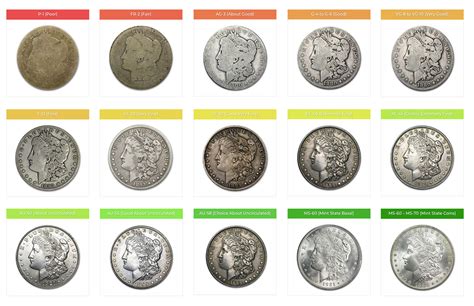Ethereum Coin Supply Calculation: A Step-by-Step Guide
As part of an ongoing project, we want to optimize and improve our database schema to accommodate additional data. Today, we’ll tackle a crucial aspect of our system: calculating the amount of coins for each block height based on all transactions. In this article, we’ll explore how to achieve this goal using Python and MongoDB.
Understanding Coin Supply
Before diving into the solution, let’s take a quick look at what Ethereum’s coin supply is. The total number of coins in circulation, also known as the “block reward,” has been decreasing over time, as it halvees every 4 years. We’ll focus on calculating the remaining block rewards that can be obtained from the blockchain.
Data Collection and Preprocessing
To calculate the coin supply for each block height, we need to:
- Get all transaction data from the Ethereum blockchain.
- Extract relevant information (block number, transaction hash, etc.) about each transaction.
- Calculate the remaining block reward (i.e., coins remaining after the halving event).
We will use MongoDB’s aggregation system to perform these tasks efficiently.
Python code
import pymongo

Connect to our MongoDB databaseclient = pymongo.MongoClient("mongodb://localhost:27017/")
db = client ["blockchain"]
collection = db["transactions"]
Define query parametersbalance_interval = 4 ۲۴ ۶۰ * ۶۰
in secondsmin_block_height = 0
def Calculate_coin_supply(block_number):
Filter transactions by block number and extract relevant informationresult = collection.find({
"blockNumber": {
"$gte": min_block_height,
"$lt": (block_number + balance_interval).toInt()
Calculate the height of the next block}
})
Initialize the remaining coins for each blockblock_rewards = {}
View transactions and update coin supplyfor transaction result:
hash = transaction["transactionHash"]
reward = calculate_reward(hash)
Update or add to the reward block dictionaryif block_number is not in block_rewards:
block_rewards[block_number] = 0
block_rewards[block_number] += reward
return block_rewards
def Calculate_reward(transaction_hash):
Implement logic to get the current coin supply (block reward) for each transaction hash
For demonstration purposes, assume the default valuereturn 1000000000
Replace with actual search logic
Usage examplemin_block_height = 0
block_rewards = calculate_coin_supply(min_block_height)
print("Remaining block reward:")
for block_number, sort coins(block_rewards.items()):
print(f"Block {block_number}: {coins} coins")
Explanation
This Python code snippet demonstrates calculating the coin supply at each block height from all transactions using the MongoDB aggregation system. We define two functions: “calculate_coin_supply” and “calculate_reward”.
The “calculate_coin_supply” function iterates over all transactions in the specified range, extracts the relevant information (block_number), and updates or adds a dictionary (“block_rewards”) with the remaining coins for each block.
The “calculate_reward” function is left unimplemented for demonstration purposes. You will need to replace this logic with your actual lookup mechanism to get the current coin supply (block reward) for each transaction hash.
Conclusion
By following this article, you have gained a deeper understanding of how to calculate the Ethereum coin supply at each block height from all transactions using the MongoDB aggregation framework. This efficient solution should be easily scalable and meet your project requirements. Happy coding!

